- Learning time
- 10 minutes
- First play time
- 30 minutes
Phantom Ink
Designed by: Mary Flanagan,Max Seidman
In Phantom Ink, players split into two teams, and each team is trying to identify a secret word – and the first team to correctly do so wins.
Each team has a spirit player. The spirits know what the word is, and it’s their job to give clues to their team. The other team members have a hand of question cards, and teams take turns choosing two of them to pass to their spirit. It might be fairly specific, like What holiday do you associate it with or more opaque, like What’s the first word that comes into your head when you think of it? The secret word is always a noun – an object or thing – and the spirit responds by choosing one of the questions, and writing their answer down on paper. The double-catch here is that only the spirit’s own team know what the question is, and the spirit writes – slowly – one letter at a time. As soon as their team think they know the word (or words) the spirit is writing, they can cry Silencio! to prevent the opposition from gaining any more information.
On any turn, a team can choose to guess the word instead of asking a question. When they do so they write their guess a letter at a time, and the spirit answers with a knock (if the letter is correct) or silence (if it’s not, in which case the guessing instantly stops). If they guess correctly – that team wins!
The guru's verdict

-
Take That!
Take That!
None, unless misunderstandings really rub you the wrong way
-
Fidget Factor!
Fidget Factor!
Low. Each team can glean clues from opposition team's words, especially once they have a vague theory of their own
-
Brain Burn!
Brain Burn!
Very light on rules, Phantom Ink's brain-burning is about ransacking the possible words in your mind and seeing which of them dovetail with the spirit's clues
-
Again Again!
Again Again!
There's a vast deck of word cards, each with six words on. And the question card deck is a reasonable size too. But the main engine of replayability here is how much input the players themselves have.

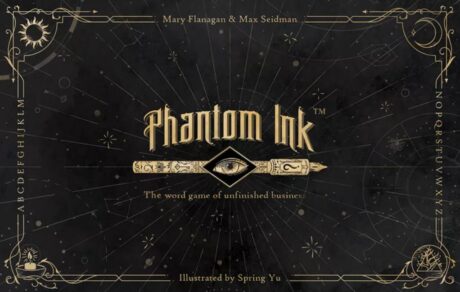
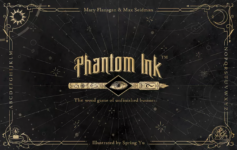
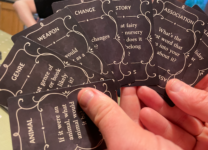
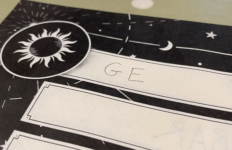
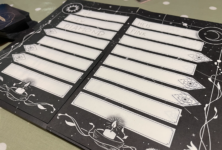


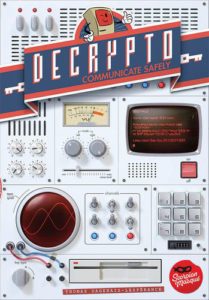
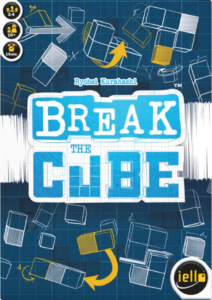
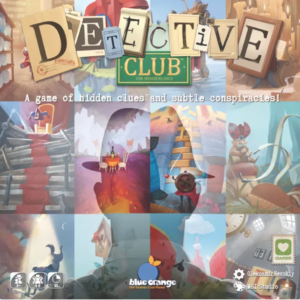

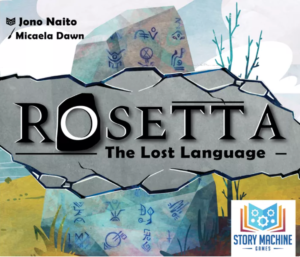
Sam says
Like a game that (may have) inspired it, Decrypto, Phantom Ink isn't the easiest to learn or teach because so much of the play is about what's inside our heads. But after a couple of rounds it not only makes sense, but seems incredibly, marvellously simple: an uncanny idea brought to fruition in a rather delightful way - I like the presentation a lot. There is some puzzling to be done and teams need to make sure they can communicate quietly enough that they're not giving any information out to the other side. But it's very much worth the trip, because Phantom Ink packs so much clever playfulness into a 10-20 minute game that, if those types of games scratch an itch for you, it rewards in spades. A big hit with me, and almost always happy to play.